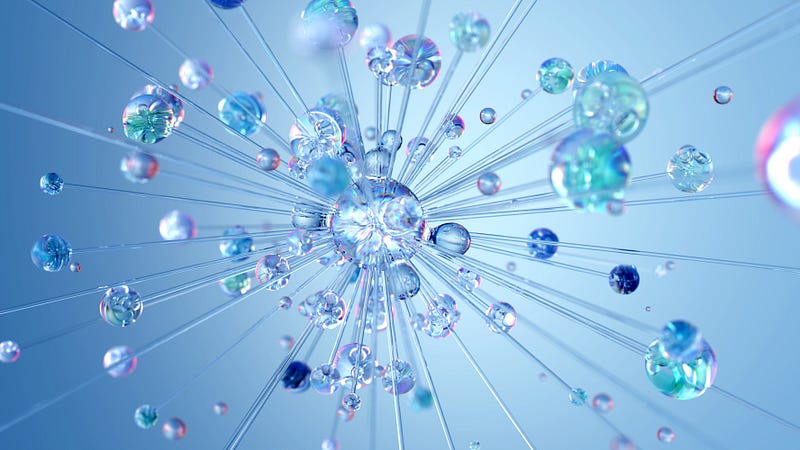Optimizing Accuracy and Performance

Artificial Neural Networks (ANNs) have ushered in a groundbreaking era in image recognition, empowering machines to achieve extraordinary precision in identifying and categorizing images. Yet, the prowess of ANNs in image recognition hinges significantly on the adept management of errors and weights. Errors come into play when ANNs misinterpret images, while weights dictate the potency of connections between individual neurons within the network. This article delves into the profound significance of errors and weights in the realm of image recognition through ANNs, shedding light on the diverse categories of errors, the far-reaching influence of weights on performance, and the art of optimizing both for optimal results.
Errors, as intrinsic elements of ANNs, can manifest for a multitude of reasons, including data noise, inadequate training, or overfitting. Within the domain of image recognition, errors fall into two primary categories: false positives, where an image is erroneously assigned to a specific category, and false negatives, where an image is mistakenly deemed as not belonging to a particular category. It’s paramount to recognize that errors wield considerable influence over the accuracy of ANNs; even a modest percentage of misclassifications can significantly undermine the network’s effectiveness. To curtail errors in ANNs, practitioners deploy a variety of techniques, such as regularization, dropout, and early stopping. Regularization, for instance, involves appending a penalty term to the loss function to thwart overfitting, while dropout randomly prunes neurons during training to forestall an undue reliance on particular features. Early stopping is an approach that calls for halting the training process as soon as the validation error begins to ascend, thereby averting overfitting.
Weights assume a pivotal role within ANNs as they hold the reins to the vigor of interneuron connections. Optimal weights empower the network to deftly classify images, whereas suboptimal weights can pave the way for errors to take root. The gravity of weights becomes evident when considering that they account for the lion’s share of parameters within an ANN. Techniques geared toward optimizing weights in ANNs encompass backpropagation, a process entailing the adjustment of weights in response to the error signal, and gradient descent, which seeks to minimize the loss function by aligning weights with the steepest descent. Additional strategies encompass momentum, wherein prior weight updates are factored in to stave off oscillations, and adaptive learning rate, which flexibly tunes the learning rate based on the gradient.
The relationship between errors and weights within ANNs is a complex interplay. Errors can trace their roots back to suboptimal weights, yet the optimization of weights can, in turn, mitigate errors. Weight optimization operates as a conduit for error reduction, furnishing the network with the ability to classify images, while a reduction in errors can pave the way for the cultivation of more optimal weights. The equilibrium struck between errors and weights proves to be the linchpin in the optimization of ANNs for image recognition. An excessive fixation on one facet at the expense of the other can yield suboptimal performance.
Errors and weights wield monumental influence in the realm of image recognition by ANNs. Errors wield a direct impact on accuracy, while weights hold dominion over the potency of neuron connections. Techniques aimed at error minimization and weight optimization stand as the pillars for augmenting the performance of ANNs in image recognition. Striking the right balance between errors and weights stands as the crux for optimizing ANNs for image recognition, ultimately culminating in the precise classification of images.
No comments:
Post a Comment